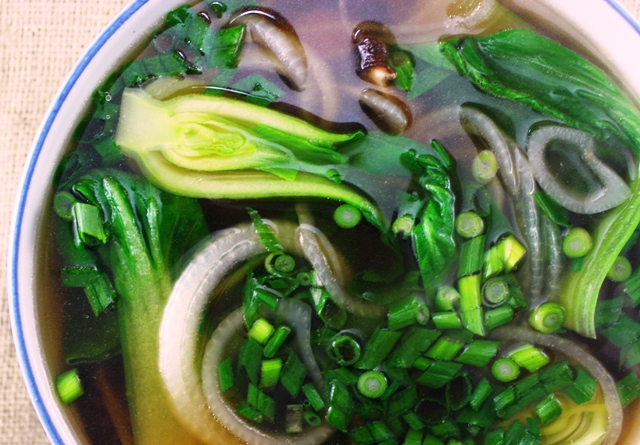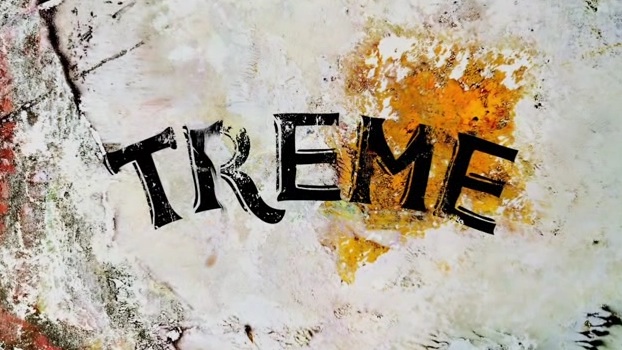It’s been a crazy couple of weeks with not so many blog posts (obviously). I just got back from Boston where I attended (and presented at) the Navigating a Multispecies World conference at Harvard. It was a really good conference and I’ll try to share some thoughts on that at a later date, but for now I’m going to do something I’ve never done before here on the blog. I’m going to repost an old post from last year. Yesterday was May Day and in a repeat of last year, the peaceful May Day demonstrations in Seattle ended in property destruction by a small group of people. Read/watch the story here — a near verbatum repeat of last year’s news reporting. This post from last year is, sadly, still relevant. So here it is (original post here):
***
Understanding Anarchism
You may or may not have heard about the May Day events here in Seattle yesterday. May Day is a global day of action and solidarity for worker and immigration rights and there were events planned around the world to peacefully demonstrate in the spirit of social justice. Media coverage, of course, has not focused on the peaceful demonstrations or the politics surrounding labor and immigration issues. Mainstream media coverage is certainly not focused on the root causes of inequality or the reasons why such demonstrations are necessary in the first place. Mainstream media coverage tends to sensationalize essentialized bits of the protests and ignore the rest, deflecting attention away from the real issues at hand. This is demonstrated nicely in the local KING5 coverage of an incident at yesterday’s May Day in Seattle. I was not at the demonstration yesterday (I was travelling back from Pittsburgh), but what the media is reporting is that a group of ‘self-proclaimed anarchists’ broke windows and spray-painted corporate businesses downtown. The footage harkens back to the 1999 WTO protests in Seattle, where peaceful protesters effectively shut down the WTO negotiations and a small group performed similar property destruction in downtown Seattle. The Seattle Police Department cracked down violently on large groups of peaceful protesters in 1999. For an excellent documentary on what happened in Seattle in 1999, watch This is What Democracy Looks Like. The video at this link is yesterday’s reporting of May Day.
There are so many issues to discuss relating to the way this story is reported. For instance–what makes it into the video and what doesn’t, the lines it draws between various factions (the media reporters as ‘innocent bystanders’, the ‘good Samaritans’, the ‘vandals’ or ‘anarchists’, the ‘demonstrators’, the ‘riot police’, etc). There is a lot of work being done in this short video (and in much of the mainstream media coverage of yesterday’s events) to focus on the property destruction performed by a few people and villainize them while simultaneously sidelining the important work the demonstrations around the world were trying to accomplish. This is all extremely frustrating. But what frustrates me especially and nagged at me as I was sitting in airports yesterday reading the coverage online, is the co-optation of ‘anarchism’ and the near-seamless association of anarchism, property destruction, ‘violence,’ youth dressed all in black with face-masks, and (more and more) the insistence that ‘anarchist’ is synonymous with ‘terrorist’. I put these words–’anarchist’, ‘violence’, ‘terrorist’–in quotes to acknowledge the need for real debate about these terms and what they mean. How do we define violence and terrorism? How do we understand anarchism?
As I’ve expressed, the media coverage of this event is disappointing to say the least. But I am also disappointed in the actions of those describing themselves as ‘anarchists’ because of the negative impact of this kind of property destruction and ensuing aftermath on the true agenda of a peaceful demonstration for labor and immigration rights. Moreover, I’m also frustrated because this is not what I understand true anarchism to be about.
Teaching the Animals, Ethics, and Food class last quarter, students came in with their own ideas about anarchists–namely, the black hoodies with white anarchy symbols, face masks or cloths concealing identities, etc. We read together some chapters from Making a Killing: the Political Economy of Animal Rights, by Bob Torres. Torres describes himself as a Marxist social anarchist and the book itself is an analysis of the exploitation of animals under capitalism. A Marxist critique of capitalism, in short, argues that the nature of capitalism is to exploit a large underpaid (or in animals’ case unpaid) working class in order to keep the machine that produces capital running smoothly. Animals in the food system are a uniquely exploited group because they are, in turns, both laborers (in the case of milk, eggs, and semen) and they are literally the raw materials/inputs themselves (in the case of meat). In order for capital to accumulate (to make a profit and sustain growth and production under capitalism), a capitalist economic system features a pressure that drives down the cost of production in order to minimize the costs of inputs and maximize the profits/outputs from the goods and services produced.
Torres describes the central tennant of social anarchism:
Living principles matter today, right now, in the present. We cannot sacrifice what we believe is right in a principled trade-off for a better world in some distant tomorrow that may never come. Or, to put it another way, the means of revolution are absolutely and inextricably connected to its ends… [Social anarchism] denies that we can achieve equality in either the long-term or short-term by force or outright domination of any kind.
My unease with the co-optation of anarchism by those who have engaged in this property destruction is that it seems to replicate forms of domination with which we are familiar from oppressive regimes both today and throughout history.
Like other forms of oppression, the problem of our domination over animals and other humans is social relations rooted in the emergence of hierarchy and extended and deepened through modern capitalism. There can be no real challenge to this system of domination without a simultaneous challenge to relations of domination that come to us through capitalism, in the form of the commodity relation and of property.
He emphasizes the importance of understanding social relations and he rejects what he calls ‘self-centered, individualist lifestyle anarchism’:
We must reject what Bookchin calls ”lifestyle anarchism,” or an anarchism merely premised on “culturally defiant behavior,” which slides easily into “ad hoc adventurism, personal bravura,” and a ”basically apolitical and anti-organizational commitment to imaginations, desire, and ecstasy.” This kind of resistance (can it even be called that) is readily transformed into “constellations of self-indulgence, inchoateness, indiscipline, and incoherence” within a bourgeois reality “whose economic harshness grows starker and crasser with every passing day.”
And he continues:
So while this individualist, lifestyle anarchism and a sort of pop-punk anarchism are ascendant in today’s postmodern ego-orgy, more important is the seemingly old-fashioned and possibly passe work of social connection-building, and exposing, uprooting, and challenging the processes of domination. Considering this, social anarchism provides what is clearly the most fertile ground for rooting a broad-based struggle against domination at all levels of the social spectrum. Driven by a collectivist perspective that also respects the rights of the individual, social anarchism is anti-authoritarian, and puts anti-hierarchical theory into practice.
According to Torres, social anarchism is about resisting all forms of hierarchy and domination and making the means look like the ends we want.
Social anarchism recognizes that the processes of capital accumulation limit human potential, alter the ecosystem, and transform our relations with each other and the natural world. As a truly radical approach to domination and the problems of society’s organization, social anarchism can provide the theoretical and practical tools for attacking human and animal oppressions the world over. This perspective eschews reforming a system that is ultimately incapable of reform, requires that we have means that look like our ends, and recognizes human potential as a potentially positive and transformative force in the social. Moreover […] anarchism even provides the tools for analyzing itself critically and reflexively, which is key if it is going to remain true to its own principles.
Torres’ book is excellent and I would recommend it to anyone who wants a primer on animal rights, political economy, and the unique alternative mode of thinking and living that he outlines through his social anarchist perspective. In contrast to the vision of anarchism we get from this May Day reporting, I find Torres’ vision of anarchism to be inspiring, intelligent, and a way forward. We have to live the future we want.

 Follow
Follow



